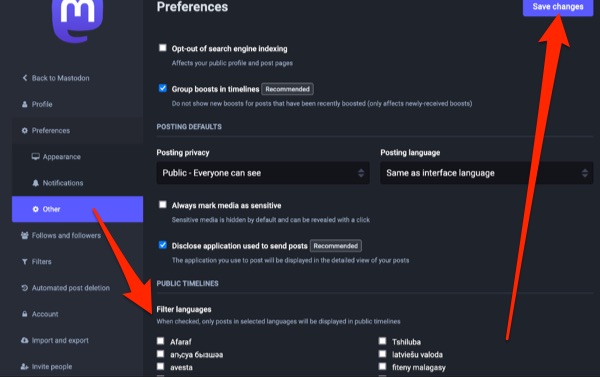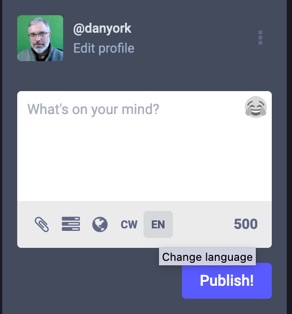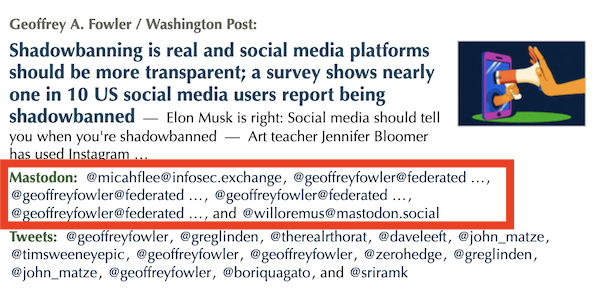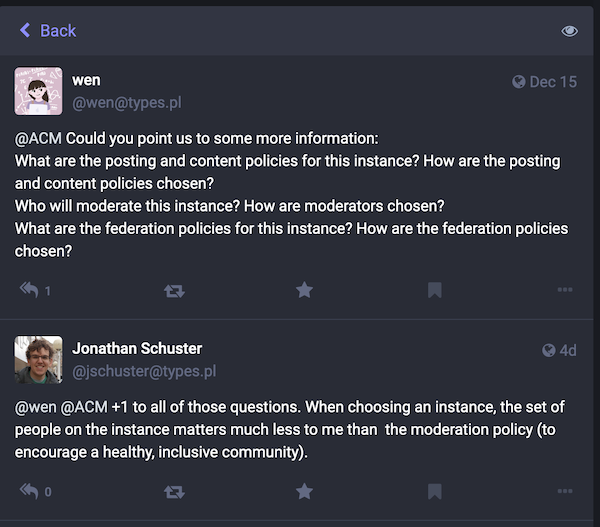
As more people embrace the decentralized world of the Fediverse – and as we WANT more people to migrate to the Fediverse – we are seeing an explosion of new Mastodon servers/instances set up by all sorts of people and groups. Friends of mine have launched their own just running in simple virtual machines. There are now “Mastodon hosting” springing up – ex. masto.host, although the person running it has paused new customers due to the high demand.
But there are two major challenges for people or organizations getting into the space:
1 – SCALING – If you just run a small server for yourself and maybe a few friends, you can limit the system administration workload. But if you launch a public server… you have to be able to handle the influx of new accounts, particularly during the current Twitter migration/exodus. This might be very cool initially, but at some point it starts to become a serious amount of work. You have the technical challenges of scaling to support more users – and you also have to meet the expectations of members in terms of availability, reliability, etc. You have to answer their questions, feature requests, etc.
Running a Mastodon server at scale (or really any kind of public server with user accounts) takes a considerable investment of time, energy, and money. You need to think about how you involve multiple people, how you will support all your users, and how you financially support it all.
[UPDATE – It was noted to me that there can be very real technical and cost requirements with growing a server in particular with storing media. Whenever someone uploads an image or video to the server, it must be stored on that server. Additionally, your server will host media coming from other servers with which you are federated. So as your server gains more users, who follow more people on other servers, there is more and more demand for file storage on your server.]
2 – CONTENT MODERATION – This is perhaps the BIGGEST challenge for hosting a public server. If you again run a small server for yourself and people you trust, then this may all be fine. You set clear expectations with your friends or people you think you can trust, and that may be all you need to do.
But the minute you start letting the broader public into your server, you run into all sorts of legal compliance issues you have to be aware of. As the Electronic Frontier Foundation (EFF) recently wrote, there are a range of legal concerns in the USA for operators of any service that hosts “user-generated content”. One big issue is copyright law and the Digital Millennium Copyright Act (DMCA). EFF also mentions FOSTA/SESTA, law enforcement requests for identity information, and child sexual abuse material (CSAM).
And this is just for the USA. Add in the need to potentially comply with European Union (EU) legislation such as the General Data Protection Regulation (GDPR) or the recently passed Digital Services Act (DSA) and Digital Markets Act (DMA). And… the legislation popping up in many other parts of the world. And, of course, your content moderation abilities needs to be able to grow as you scale to support more users.
[UPDATE – Aswath Rao pointed out in a comment on Mastodon that as a server operator its not enough that you trust the people who have accounts on your server. For every person your users follow on other servers, that person’s content and media are also copied onto your server. So you wind up hosting content on your server from all of those other external users, too. ]
These are also just the legal compliance issues around content moderation. You also have to think about what kind of community you want to foster on your server. Will you have additional moderation policies to create the kind of community you want? (For example, specifically not allowing “hate speech”.) If so, how will you then enforce those policies?
You need to again have the time, energy, and financial resources to be able to comply with the legal requirements, which may end up involving some level of monitoring / enforcement.
For both of those reasons, it will be interesting to see where the Fediverse goes – and in particular where Mastodon goes – in the time ahead. Will we continue to have the wide range of public servers as we do right now? Or over time will we see larger ones emerge that have the time, energy, and financial resources to address these challenges?








